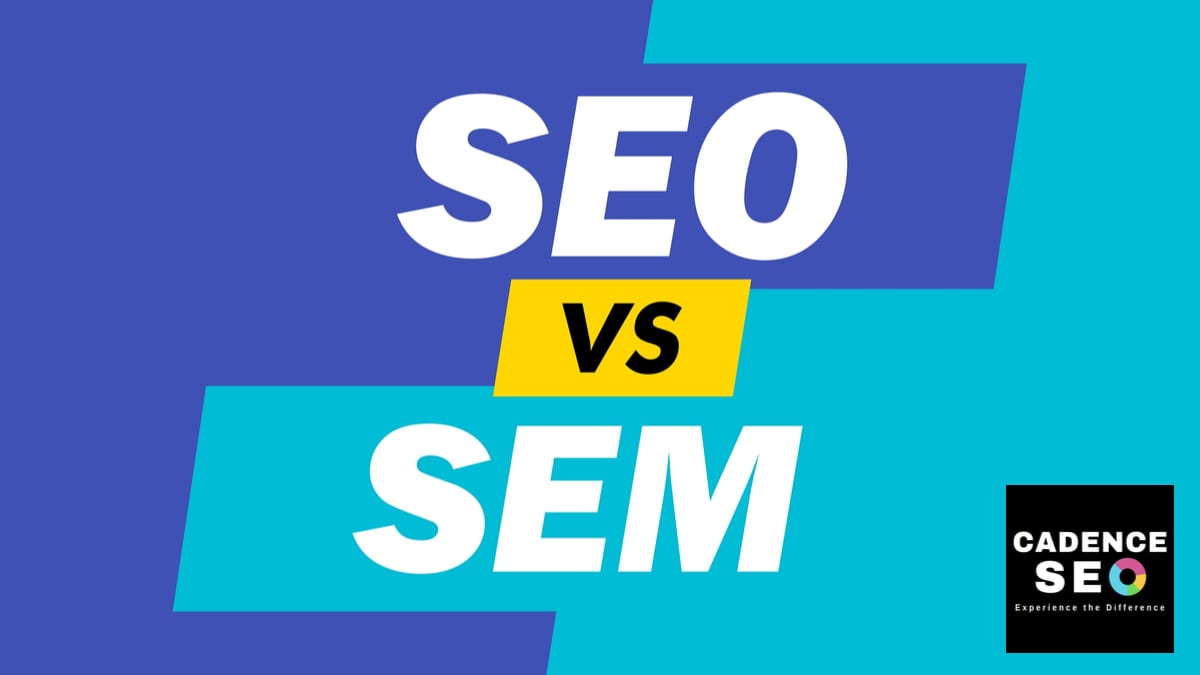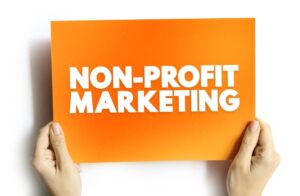Are SEO and SEM two sides of the same coin? Or are they like chalk and cheese? While the nature of SEO vs SEM seems to be puzzling, one thing is sure: the debate of
SEO vs SEM appears to be never-ending.
Having said that, the discussion may generally focus on the differences between SEO Vs SEM, but both search engine optimization and search engine marketing make up search marketing.
With both SEO and SEM being necessary for boosting website traffic and increasing visibility in search results, they should be treated as complementary, not as contradictory.
After all, businesses that combine SEO with SEM (PPC advertising) observe
25% more clicks and 27% higher profits in comparison to those marketers who use a single-channel approach.
So, are you ready to find out more about search engine optimization (SEO) and search engine marketing (SEM)? Then, keep reading to discover how to incorporate both in your digital marketing strategy to gain more traffic and boost your search rankings.
What Is Search Marketing?
Think about the millions of searchers that happen every day. From local coffee shops to shopping splurges and abstract questions, users search for multiple and various things every single second… So wouldn’t you like to promote your business and provide users with what they are looking for?
Well, that can only happen if your business appears on search engine result pages (SERPs).
This is why search marketing is crucial for both increased website traffic and business growth.
An umbrella term, search marketing, is formed of SEO and SEM and essentially encompasses marketing strategies that help websites appear on search engine results pages.
Introducing Search Engine Optimization (SEO)
SEO aka search engine optimization is all about optimizing your website so that it ranks higher in the organic and non-paid search engine results pages.
Google has over
200 ranking factors in its algorithm. Nonetheless, through white hat SEO techniques, getting listed organically on Google becomes easier.
Having said that, any SEO strategy can be split into three categories:
On-page SEO: This type of SEO involves on-site techniques that can be utilized to improve your website’s quality and chances of ranking high in search results. From conducting keyword research to including relevant keywords in the meta description and the title tag or to adding alt tags to images, on-page SEO will help search engines better understand what your website is about and aid with attracting organic traffic.
Off-page SEO: It consists of practices outside your website, such as building high-quality backlinks and link-building strategies, that influence your website’s ranking in search engines. Essentially,
off-page SEO is all about enhancing the authority and reputation of your website.
Want to find out more?
Check out our article on on-page SEO!
Technical SEO: The behind-the-scenes of SEO, technical search engine optimization focuses on improving a website’s technical aspects. Technical SEO is all about creating websites that are easy to crawl for search engines and fast and easy to navigate for users. Read our article on
the importance of technical SEO to find out more about the technical SEO checklist.
In order to have a powerful SEO strategy, you need to combine technical, on-page, and off-page SEO. One doesn’t work without the others.
For example, while you might have mastered on-site SEO, your efforts will go to waste if you are neglecting technical search engine optimization as search engines won’t be able to find,
crawl, render and index your website’s pages.
Benefits of SEO
Considering that
93% of online experiences start with a search engine, SEO should be treated as a priority.
SEO doesn’t have to cost you anything, and that’s not even the greatest thing about it. Here are some of the benefits of search engine optimization:
Increase credibility: When you prioritize SEO, you are also constantly improving its authority and health. In order to rank high on Google, a website has to be trustworthy and authoritative, so if Google perceives your website as trustworthy…chances are that it actually is.
Gain visibility: Thanks to SEO, you can target multiple audiences at once. After all, by focusing on keywords rather than demographics,
SEO helps with targeting users with related search intent, no matter where they may find themselves in the buying funnel.
Provide 24/7 promotion: Since SEO is free, there is no such thing as “cutting down” on it, so SEO is sustainable.
Improve website usability: Google takes into consideration factors such as mobile-friendliness, linking structures, or site speed. Therefore, optimizing your website for search engines also means that you are improving your website’s usability.
Introducing Search Engine Marketing (SEM)
Unlike SEO, SEM consists of using paid advertising in order to ensure that your business is visible in search results.
Usually, you will see them as the Google Ads that appear at the top of the search engine results pages (SERPs). Having said that, when you invest in SEM, you ensure that your target audience sees your advertisements at the top of the search results, hence you don’t have to compete for a high place in organic search results.
While SEO is also a crucial component of effective SEM strategies, search engine marketing also includes paid tactics such as pay-per-click (PPC) ads.
If you want to invest in a SEM strategy, you’ll need to enter into an ad auction such as Google Ads.
In order to appear on top of SERPs, paid ads need to go through ad actions. To do that, you’ll have to choose the keywords that you want to bid on and state how much you are willing to spend for a click. However, besides your maximum bid, your ad’s
quality score is also taken into consideration during an ad auction.
Keep in mind that before selecting the keywords, conducting keyword research is crucial. How else will you know which keywords have high search volume and are relevant for your target audience?
Benefits of SEM
From text-based to product listing or shopping ads, there is one thing that pay-per-click ads have in common: they are at the top of the list every time someone searches one of the keywords that you bid for.
However, this isn’t where SEM benefits stop. Here are some other advantages of paid search results:
Reach target audience instantly: Unlike SEO, search engine marketing can bring results immediately after launch.
Measure performance: With tools like Google Ads and Google Analytics, you can regularly evaluate your performance.
Create geo-targeted ads: Thanks to Google Ads location targeting, you can choose in which
geographic locations you want to appear. This way, you can find the right customers for your business, and, consequently, increase return on investment (ROI).
Manage ads easily: Both creating and managing ads is easy with services like Google Ads. For example, you can set up schedules for different ads.
SEO vs SEM… Or SEO and SEM?
While both SEO and SEM are powerful on their own, by using both, your digital marketing results will skyrocket.
Since
75% of people don’t ever scroll past the first page of search engines, search marketing should be treated as a priority, not as an option.
If you are eager to start but unsure how to, CadenceSEO may be just the answer you have been searching for. We are here to help your company achieve its vision and boost conversions.
Why waste another minute?!
Book a free consultation with us today!






